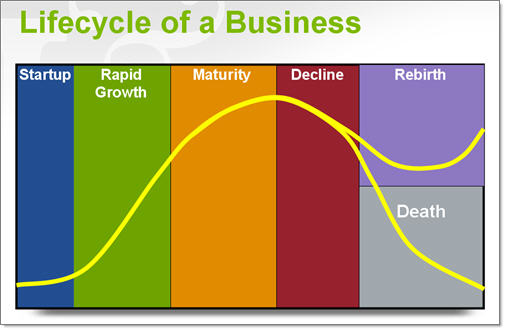Business growth is very important. However, growth does not mean the same thing for every business. This is why it is important that each business recognizes what is actually needed to move the business forward from where it is. Due to this, it is important to carry out a business needs assessment. The business’ strengths and weaknesses need to be properly analyzed. The analysis and recognition of the strengths help to know what can be built on. The recognition and analysis of the weaknesses help to know what to improve on.
Creating a business needs assessment involves taking a no-nonsense and objective look at your business. This is in order to see how you can improve in different areas of the business. The areas may include management, sales, operations, marketing, finance and/or production.
How to Create a Business Needs Assessment
To create a business needs assessment, you will need to perform what I call SWAG Analysis. S = Strengths, W = Weaknesses, A = Actions and G = Growth.
- Identify the Usefulness of your Business’ Strengths
Take a deeper look at your business’ strengths. Then, think deeply about the ways you can use them to grow your business in a way that brings satisfaction to your existing customers and value to your potential customers.
- Identify your Business’ Weaknesses
Start by identifying the weaknesses in each of the areas of your business and then find ways by which you can improve on them. As stated above, some or all of the major areas of your business may have weaknesses that you need to improve on. It could be your marketing or your management or your finance. Identify them and find ways to minimize the weaknesses.
- Carry out the required Actions
Identifying your strengths and weaknesses is good but putting things in action is great. Are there strengths you think you can build on, go ahead and do what’s needed. Are there weaknesses you think you need to eradicate? Go ahead and carry out the required actions to needed to make your weaknesses a strong link.
- Identify where your Business is on the Business Growth Life Cycle
There are four phases of the business life cycle – startup, growth, maturity and decline. Each of these phases requires different approaches to growing a business. Knowing your phase can help you see some of the challenges you might need to tackle for the growth of your business.

image from thepresidentscouncil.org
Taking sales, costs, and profits as an example, the startup or the launch phase has challenges such as low sales, high costs and almost no profits; the growth phase has increasing sales, reducing costs and some profits; the maturity phase has constant sales, reducing costs and increasing profits; while the decline phase has reducing sales, constant costs and reducing profits. Each of these challenges can be minimized which leads to further growth of your business.
Thinking about how to improve on your weaknesses and build on your strength and acting on them can help you define what growth means for your business. Ultimately, this business growth should lead to the kind of results you want for your business. This could be either qualitative or quantitative results. That’s why each business can have their own definition of growth. Also, how your business grows is up to your peculiar weaknesses and strengths.
Having a definition of what growth means for your business is the first step. The next thing to do is to know what strategies you need to deploy for the phase your business is in. For example, if your business is in the startup phase, one of the challenges you may face is getting financing or getting quality staff to join your company. Identifying the right strategies and acting them out helps to deal with the challenges. Your business needs assessment helps to discover which strategies result in positive growth for your business.






